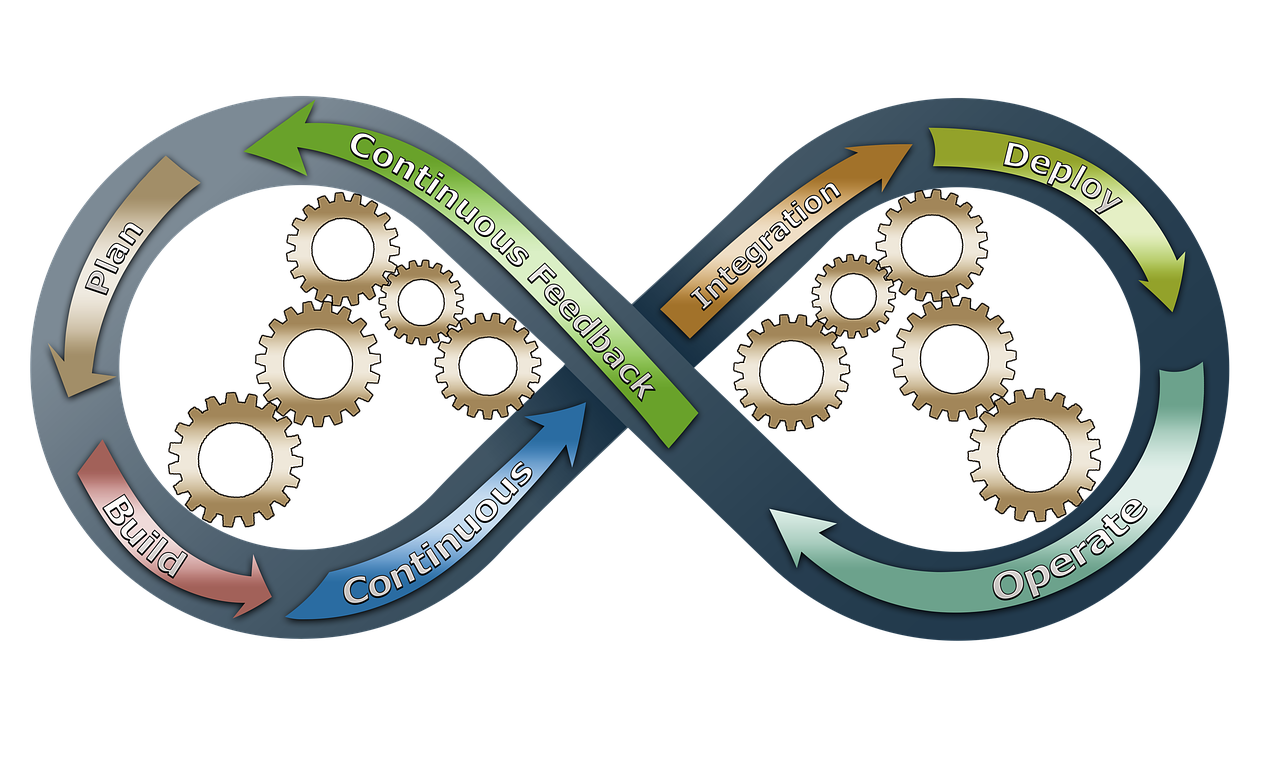A customer-centric mission statement is a fundamental component for driving success in any organisation wanting to grow more profitably.
It provides a clear direction and purpose, uniting the team towards shared objectives and fostering a sense of belonging. By guiding decision-making processes, it ensures that all actions align with the organization’s dedication to customer satisfaction, thereby setting expectations for employees and customers.
In a competitive business landscape, a mission statement serves as a strategic compass, ensuring that all efforts are focused on achieving customer success and building long-term relationships. A commitment to customer-centric values helps establish trust and loyalty, which are crucial for sustained growth and success.
Additionally, a well-crafted mission statement motivates employees to prioritize customer needs and deliver exceptional service consistently.
If you prefer to listen rather than read:
Essential Elements of a Customer-Centric Mission Statement
A mission statement is a strategic tool that defines a company’s approach to customer success. It sets the framework for the company’s actions and decisions, influencing the customer experience. Here, we outline the critical elements of an effective customer-centric mission statement, emphasizing its customer focus, clear and concise language, specific goals and objectives, and alignment with company values.
1. Emphasizing Customer-Centricity
A customer-centric mission statement must be deeply rooted in customer delight to resonate with and meet their expectations. This involves:
- Understanding Customer Needs: While this is the heart of every successful business, it is essential when customers are mentioned in its mission statement. Therefore, conducting surveys, interviews, and data analyses is important to gain insights into customer pain points and priorities.
- Crafting Customer-Focused Language: Use language that underscores the importance of customer value and satisfaction.
- Aligning with Customer Success Metrics: Ensure the mission statement is in sync with key performance indicators related to customer success, driving positive outcomes.
By prioritizing customer-centricity, the organization consistently considers the customer perspective and strives to exceed their expectations.
2. Communicating with Clarity and Precision
A mission statement should be clear and concise, ensuring it is easily understood and memorable. Key considerations include:
- Defining Purpose and Audience: Identify the mission statement’s target audience and intended purpose.
- Using Plain Language: Avoid technical jargon and ambiguity to enhance accessibility.
- Regular Refinement: Continuously review and refine the mission statement to maintain its brevity and clarity.
Clear communication ensures the mission statement effectively conveys the company’s commitment to customer success and resonates with all stakeholders.
3. Setting Specific Goals and Objectives
A mission statement should outline specific, measurable goals and objectives to provide clear direction and focus. This involves:
- Tailoring Goals to Customer Needs: Define goals that directly address customer expectations and requirements.
- Establishing Measurable Targets: Set quantifiable targets to track progress and success in customer-related initiatives.
- Developing Strategic Plans: Formulate actionable strategies to achieve the defined goals and objectives.
Specific goals and objectives ensure the organization has a well-defined path to follow, facilitating measurable progress in customer success.



